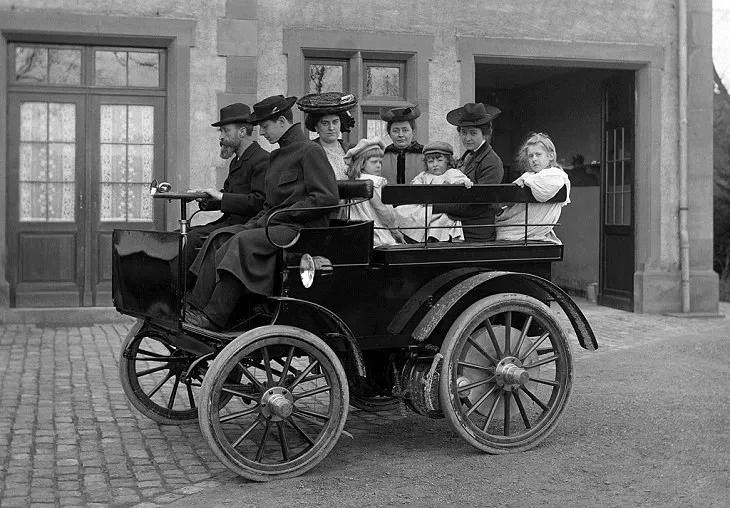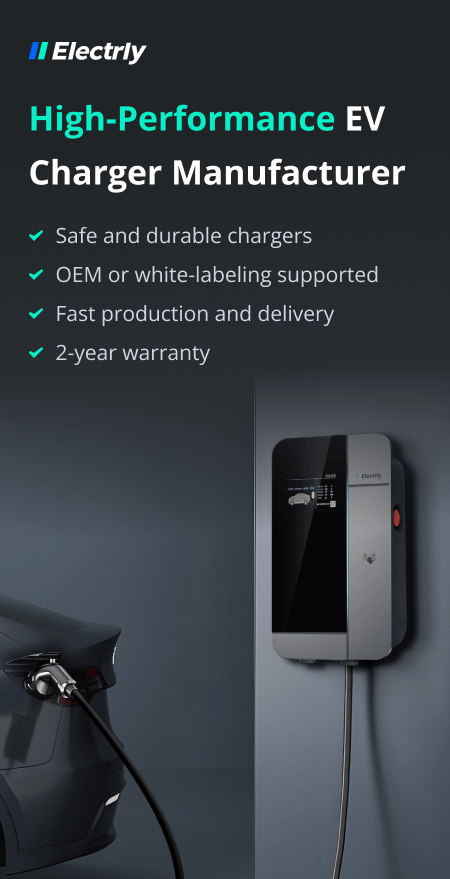I. Evolution of the Electric Vehicle
Looking at the future of EVs, one could have easily tagged it as “plugged in and ready to roll!” However, the history of electric vehicles suggests differently. Horse-drawn carriages were still a thing back in the 19th century when an English inventor Thomas Parker designed the first-ever electric vehicle. Gasoline was just a blip on the map, then. But soon after his invention, the gasoline combustion engine was manufactured and then mass-produced by the likes of Ford Motors, and the frantic search for oil began earnestly. This point marked the relegation period for EVs, where they seemed forgotten and abandoned in the shadows of gasoline engines. Then came the 21st century, and the negative implications of gasoline emissions have worsened. This period saw the resurfacing of the electric vehicle. Only this time as a better option for the fossil-fueled vehicle. Since then, the electric car has slowly but surely gained popularity and has become the sustainable transportation option for the future.
II. A Look at Early Electric Car Charging Methods
Charging in the early days of EVs wasn’t as simple as plugging in and letting the magic happen. Far from it. Patience and perseverance were requirements for charging an electric car with a bit of good old-fashioned ingenuity.
From the “Lead Acid Battery Exchange” to the “Conductor Rail Charging,” early electric car owners had to get creative when it came to keeping their vehicles powered up. And there is the “Battery Swapping” method – an exchange arrangement of physically replacing depleted car batteries with fully charged ones. It often involved significant workouts and nothing like the portable electric car charger that we have today.
Nevertheless, the passage of time soon heralded advanced technology and charging an electric car became more effective and accessible. Today, charging your EVs in your home is as simple as charging your smartphone overnight, as well as fast chargers that charge from 0 to 80% in under one hour.
III. Electrifying the Past: EVs in the 20th Century
Electric vehicles in the early 20th century were considered a novelty. They only saw a rise in popularity close to the end of that period on the backdrop of environmental woes resulting from the emission of fossil-fueled engines. However, the increase in acceptance happened slowly considering that gasoline was still king and phasing out the already thriving diesel engine wasn’t going to be easy. Also, early EV models were clunky, slow, and had limited range. They were a far cry from the sleek, high-tech machines you see on the roads today. Still, these EV versions showed the world what was possible while paving the way for the present and future EV models.
As EV technologies improved over the years, some critical aspects of the EV also evolved. For instance, there was an evolution of the lead-acid battery to nickel-cadmium batteries and, finally, to the lithium-ion batteries you find in most EVs today. The ability to go farther on a single full battery charge also increased. The latter part of the 20th century saw electric vehicles and EV charger manufacturers come back from being just an experiment to a more sustainable alternative to the gasoline engine. Needless to say, EVs, as we know them today, were products of perseverance and innovation in a bid to have a cleaner environment.

source: on.to
IV. Electrifying Moments: A Timeline of Iconic Electric Cars
Now, let’s tour the most iconic electric cars over the years.
- La Jamais Contente: This basic electric car holds the record of 59m/h in 1899 as the first fastest land device. Its French name translates as “never satisfied.”
- Walter Bersey’s 1897 Electric Cabs: This first e-cab landed on the streets of London in 1897. It was the height of innovation at the time, as horse-drawn carts were still the norm.
- Baker Electric Car: This was the beginning of luxury electric cars. The baker electric car was designed to serve the elites of the early 20th century.
- Toyota Prius: This revolutionary hybrid electric car combined the gasoline engine with the electric motor and changed the EV landscape forever.
- Tesla Model S: Tesla, one of the top EV charger companies and a pioneer of modern EVs, manufactured the Model S as the future of electric vehicles.
V. Green Power: How Environmental Concerns Are Driving Electric Vehicles Forward
The thought of having a clean environment free from clouds of toxic emissions from exhaust pipes may seem like a fairy tale, but the reality of EVs is showing us that it is possible. EVs have been presented as the answer to the problem of environmental pollution resulting from the incomplete combustion of fossil-fueled engines but not without compelling reasons. As an eco-friendly transportation means, EVs don’t generate carbon emissions and, as such, don’t have exhaust pipes, making them a cleaner option to fossil-fueled vehicles. Also, there has been a surge in EV charging stations set up, making it convenient to recharge EVs.
Again, the incentives given by governments around the world in rebates and tax-free packages for EV owners are another motivation for the adoption of EVs. Additionally, the maintenance cost of EVs is very high compared to fossil-fueled cars. The few moving parts in EVs are the reason for their low maintenance cost, unlike traditional vehicles that require a lot of oiling and maintenance for their numerous moving parts. These factors have been the reason behind the increased number of individuals switching from gasoline vehicles to EVs, with its eco-friendliness being the ultimate reason.
VI. Electric Cars: A Glimpse into the Future
Except you have a crystal ball, predicting the future can be mysterious as it comes with many uncertainties. However, for electric cars, the future is very bright. As technologies advance, elements like car batteries will become more efficient, and charging infrastructure will also become more convenient and accessible. You may not need to carry a portable electric car charger along on those long-distance trips, as EVs will have better ranges with time. However, the EVs of the future will be not only a tool of convenience but also a sustainable option for cleaner and eco-friendly modes of transportation. Yet, things like autonomous driving and smart charging systems that can optimize energy usage are part of future EV developments to anticipate. The world is now well aware of the need to reduce the carbon footprint of automotive devices, and no other option serves this interest better than electric vehicles.

